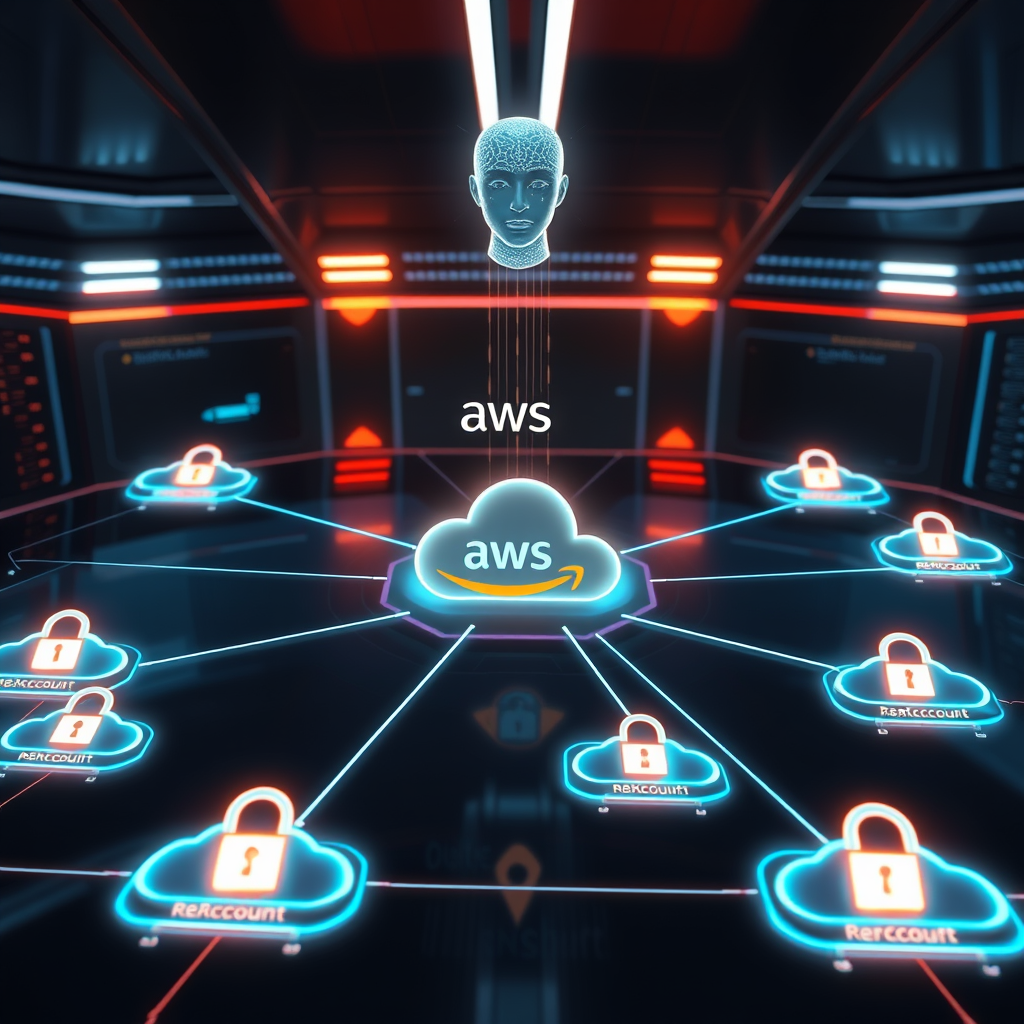
Introduction
Nvidia’s recent announcement marks a pivotal shift in how the company approaches generative AI for the enterprise sector. While the tech giant has long been synonymous with cutting‑edge GPUs and deep‑learning frameworks, this new initiative focuses on a structured, open‑source model family called Nemotron. By publishing a comprehensive roadmap, Nvidia is addressing a key pain point for businesses: the uncertainty that often accompanies the adoption of AI technologies. Enterprises typically face a complex decision matrix that includes hardware compatibility, software licensing, data governance, and the speed at which new capabilities can be integrated into existing workflows. The Nemotron roadmap promises to streamline this process by laying out clear milestones, release dates, and feature sets that align with the evolving needs of industry verticals.
The significance of this move extends beyond mere product marketing. It signals a broader industry trend toward transparency and predictability in AI development cycles. In an era where AI is rapidly becoming a core competitive differentiator, having a reliable timeline for model releases can influence strategic planning, budgeting, and talent acquisition. Nvidia’s decision to open the door to the community and provide a detailed schedule is therefore both a technical and a strategic statement—one that positions the company as a partner rather than just a vendor.
In the sections that follow, we will unpack the key components of the Nemotron roadmap, explore how it can be leveraged by enterprises, and examine the practical implications of integrating these models into real‑world applications.
Main Content
Nemotron: A New Era of Open‑Source AI
Nemotron represents Nvidia’s next generation of large language models (LLMs) that are designed to be both highly performant and accessible. Unlike proprietary models that lock users into a single ecosystem, Nemotron is built on an open‑source foundation that allows developers to customize, fine‑tune, and deploy the models on a variety of hardware configurations. This flexibility is crucial for enterprises that operate heterogeneous environments, ranging from on‑premise data centers to cloud‑based edge devices.
The architecture of Nemotron leverages Nvidia’s latest GPU innovations, including the Ampere and Hopper architectures, to deliver unprecedented inference speeds. By optimizing the transformer layers for tensor cores, the models achieve a balance between throughput and latency that is difficult to match with older, CPU‑centric solutions. Moreover, the open‑source nature of the codebase encourages community contributions, which can accelerate the discovery of new use cases and performance optimizations.
Roadmap Overview: What Enterprises Can Expect
The roadmap is divided into quarterly milestones, each detailing the release of new model variants, performance benchmarks, and tooling updates. For instance, the first quarter focuses on the baseline Nemotron‑1 model, which is expected to support up to 10 billion parameters and provide a solid foundation for general‑purpose tasks such as text generation, summarization, and basic conversational agents.
Subsequent quarters introduce incremental improvements: Nemotron‑2 will expand the parameter count to 30 billion, incorporate advanced attention mechanisms, and offer better context handling for long‑form content. By the third quarter, Nvidia plans to release a specialized variant tailored for industry‑specific applications, such as legal document analysis or medical record summarization, complete with pre‑trained embeddings for domain terminology.
Each release is accompanied by a suite of developer tools, including a lightweight inference engine that can run on Nvidia GPUs of varying sizes, as well as a set of APIs that integrate seamlessly with popular frameworks like PyTorch and TensorFlow. This level of detail in the roadmap allows enterprises to plan hardware upgrades, allocate budget for training data curation, and schedule internal training programs for data scientists.
Strategic Advantages for Business
From a business perspective, the Nemotron roadmap offers several tangible benefits. First, the predictability of release dates reduces the risk associated with long‑term AI projects. Companies can align their product roadmaps with the availability of new model capabilities, ensuring that feature rollouts coincide with the latest advancements.
Second, the open‑source approach lowers the barrier to entry for smaller organizations that may not have the resources to license expensive proprietary models. By providing a community‑supported codebase, Nvidia enables these firms to experiment with state‑of‑the‑art LLMs without incurring prohibitive licensing costs.
Third, the modular design of Nemotron facilitates integration with existing data pipelines. Enterprises can fine‑tune the models on proprietary datasets, thereby improving accuracy for niche tasks while still benefiting from Nvidia’s hardware acceleration. This hybrid model of open source and proprietary fine‑tuning strikes a balance between innovation and data security.
Implementation Considerations
Deploying Nemotron at scale requires careful planning around data governance, model monitoring, and compliance. Because the models are open source, organizations have the freedom to audit the code for potential biases or security vulnerabilities. However, this also means that the responsibility for ensuring ethical use falls squarely on the implementer.
Infrastructure-wise, enterprises must evaluate whether their existing GPU clusters can support the memory and compute demands of the larger model variants. Nvidia’s roadmap includes guidance on optimal batch sizes and precision settings (FP16 vs. INT8) that can help reduce memory footprints without sacrificing too much accuracy.
Another critical aspect is the fine‑tuning process. While the baseline models are powerful, domain‑specific tasks often require adaptation. The roadmap provides detailed documentation on transfer learning workflows, including recommended datasets, loss functions, and hyperparameter tuning strategies. By following these guidelines, data scientists can accelerate the time to production.
Future Outlook
Looking ahead, Nvidia’s commitment to an open‑source roadmap suggests a long‑term vision for democratizing AI. The company has hinted at future collaborations with academic institutions and industry consortia to co‑develop new model architectures that push the boundaries of efficiency and interpretability. Moreover, the roadmap’s iterative nature implies that Nemotron will continue to evolve in response to real‑world feedback, ensuring that the models remain relevant to the rapidly changing business landscape.
In the broader context, the Nemotron initiative could serve as a blueprint for other vendors seeking to balance proprietary innovation with community engagement. By offering a clear, predictable path for model releases, Nvidia is setting a new standard for how AI technology can be responsibly and strategically integrated into enterprise workflows.
Conclusion
Nvidia’s Nemotron roadmap is more than a product announcement; it is a strategic framework that empowers enterprises to navigate the complexities of AI adoption with confidence. By providing a transparent schedule, open‑source code, and robust tooling, the company addresses the core challenges that have historically slowed AI deployment—uncertainty, cost, and integration hurdles. The roadmap’s phased approach ensures that businesses can align their internal roadmaps with external technological advancements, thereby reducing risk and accelerating time‑to‑value.
Beyond the immediate technical benefits, the initiative reflects a broader shift toward openness and collaboration in the AI ecosystem. As organizations grapple with data privacy, regulatory compliance, and ethical considerations, having a clear, community‑driven model pipeline becomes an invaluable asset. Nvidia’s approach demonstrates that it is possible to combine cutting‑edge performance with accessibility, setting a new benchmark for AI in the enterprise.
Call to Action
If you’re an enterprise leader, data scientist, or AI enthusiast looking to stay ahead of the curve, now is the time to engage with Nvidia’s Nemotron roadmap. Begin by reviewing the detailed release schedule, experimenting with the open‑source code, and evaluating how the models can be fine‑tuned for your specific use cases. Reach out to Nvidia’s developer community, participate in beta programs, and contribute to the evolving ecosystem. By taking these proactive steps, you’ll position your organization at the forefront of AI innovation, ready to leverage the next generation of generative models for competitive advantage.

